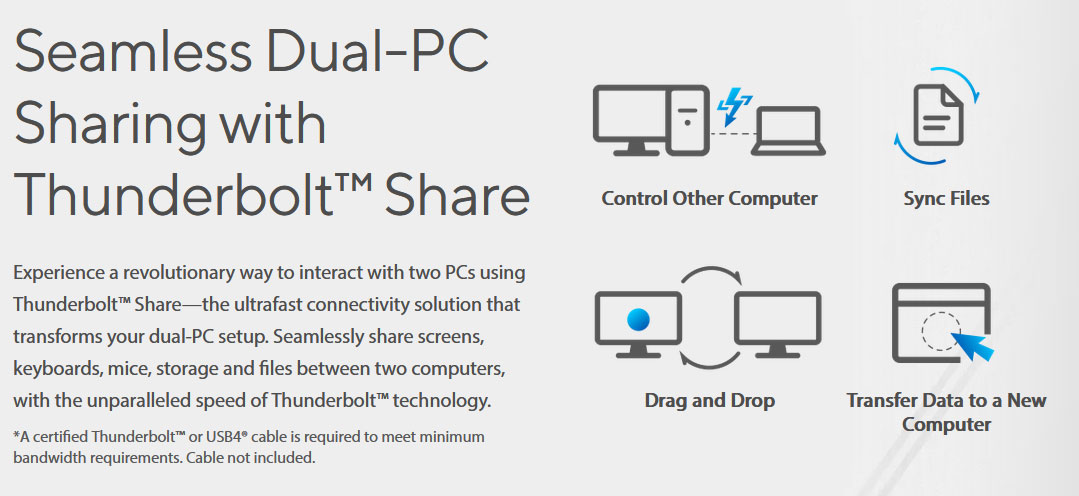An Asus-branded Thunderbolt 5 expansion card has appeared on the firm’s product pages. The newAsus ThunderboltEX 5expansion card fits into a spare PCIe 4.0 x4 slot on your motherboard to provide a pair of the headliningThunderbolt 5ports and a trio of mini DisplayPorts to the rear of your chassis. Internally, the card also provides a Thunderbolt and USB 2.0 header, and you will need to attach it to your PSU (a single 6-pin) to enable up to 130W to connected devices.
Regular Tom’s Hardware readers may have noticed Gigabyte launched a similar product last week, amusingly dubbed theThunderbolts 5. We don’t know how the plural got in there, but there are minor differences between the Gigabyte and the Asus card. If you were looking for one of these expansion cards, comparing the specs is probably worth comparing – just in case any minor differences are important to you.
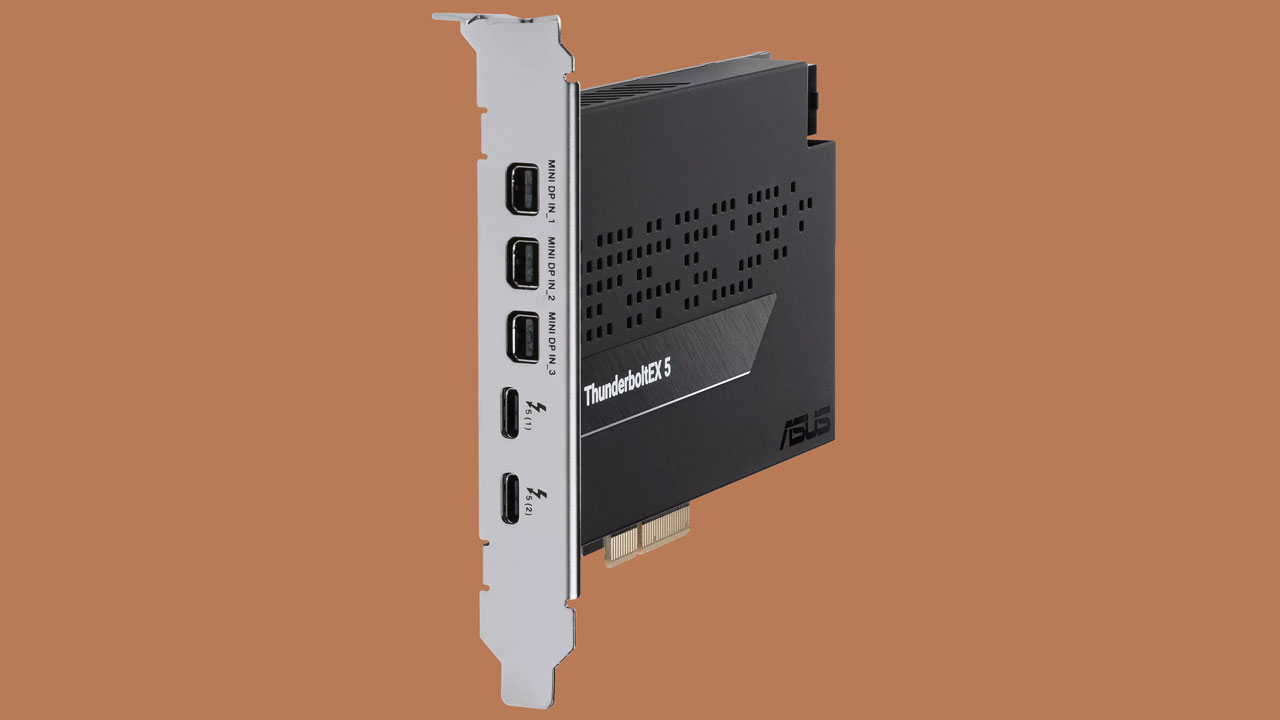
Like the rival offering, the Asus ThunderboltEX 5 is based upon the Intel JHL9580 Thunderbolt 5 Controller. The expansion card bracket also has the same outputs: twin USB Type-C Thunderbolt 5 ports and three mini DisplayPorts. The DisplayPorts boost system display options by three 8K 60 Hz displays with DSC.
Viewing the Asus product overview and specs pages, bandwidth and power specs diverge slightly. Asus says this card’s dual USB Type-C Thunderbolt 5 ports support “up to 120 Gbps of bi-directional bandwidth” for super fast data transfers and video output. However, Gigabyte’s specs say that its card delivers “up to 80 Gbps bi-directional bandwidth, or up to 120 Gbps single-direction bandwidth.”
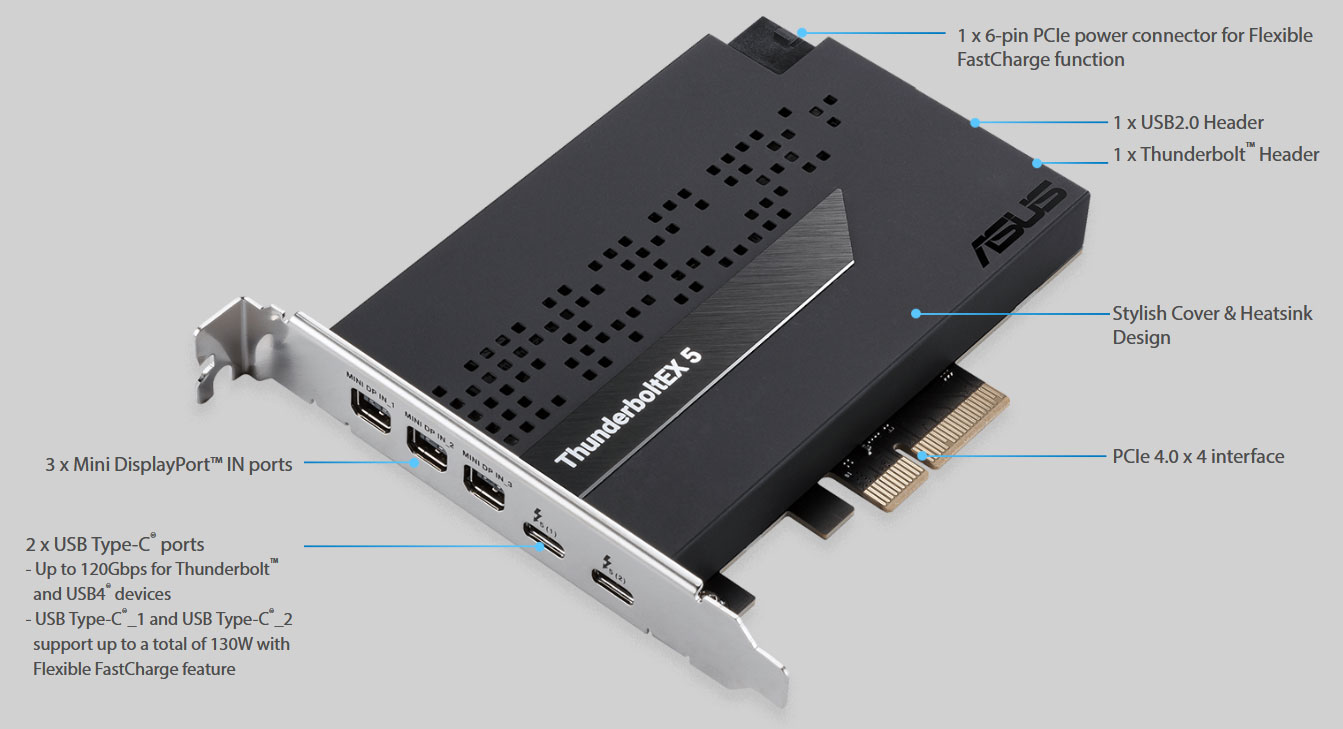
Things also look a little different regarding power delivery and charging support specs. The Asus card offers up to 130 watts of fast charging and 96W for one device. The firm says you’ll need an Asus motherboard for that headlining figure. Meanwhile, Gigabyte says its card supports the PD 3.1 standard up to 100W. Interestingly, the Asus card only has one six-pin power connector, but the Gigabyte has two, so perhaps its USB-C ports can provide up to 100W power delivery.
The number and type of internal connectors differ further between these Thunderbolt 5 add-in card offerings. Asus has one Thunderbolt and one USB 2.0 header. Gigabyte’s card has two Thunderbolt headers (a 5-pin and a 3-pin) and an internal USB header. It isn’t clear whether the internal Thunderbolt connectors need to be attached to the system motherboard Thunderbolt headers for this card to function fully.
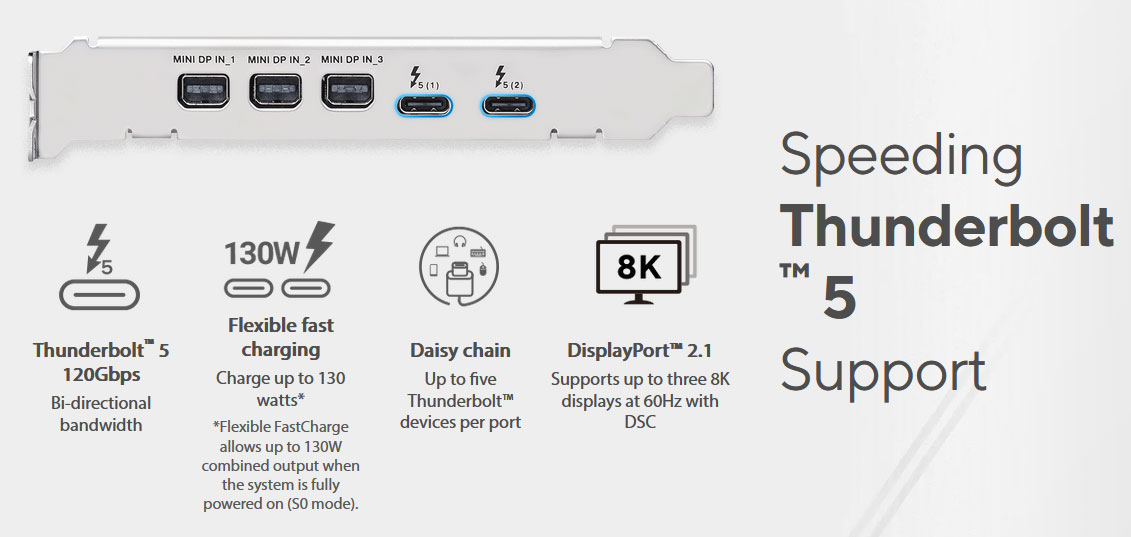
We don’t have pricing or availability details yet for either product you might prefer. To enjoy the Thunderbolt 5 goodness provided by add-in cards like these, you will need a spare PCI Express 4.0 x4 slot (or better).
Get Tom’s Hardware’s best news and in-depth reviews, straight to your inbox.
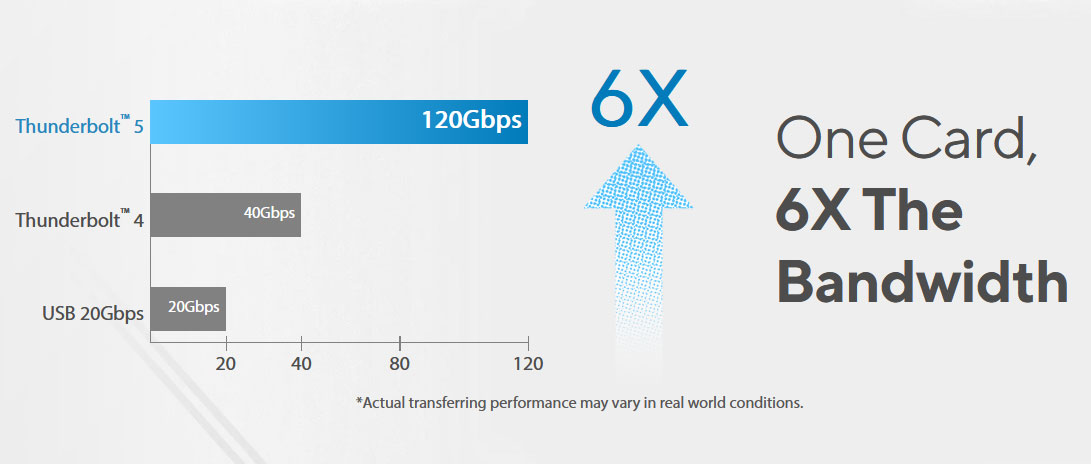
If you care to wait, MSI will also likely prepare a Thunderbolt 5 expansion card to follow up its previous-gen offerings.
Mark Tyson is a news editor at Tom’s Hardware. He enjoys covering the full breadth of PC tech; from business and semiconductor design to products approaching the edge of reason.
